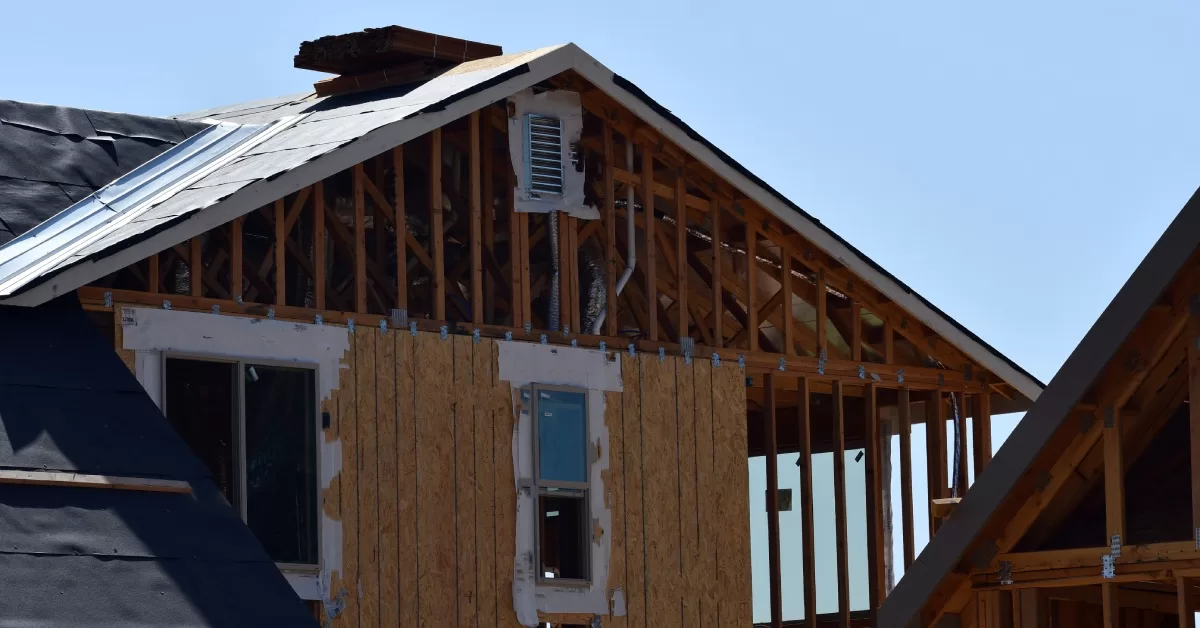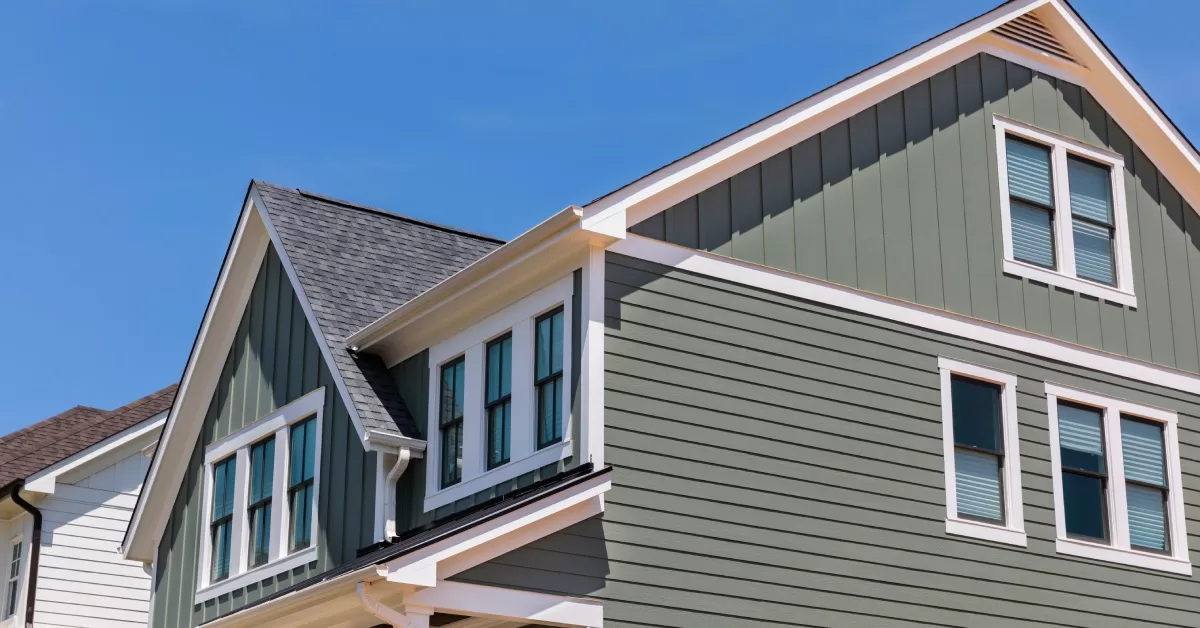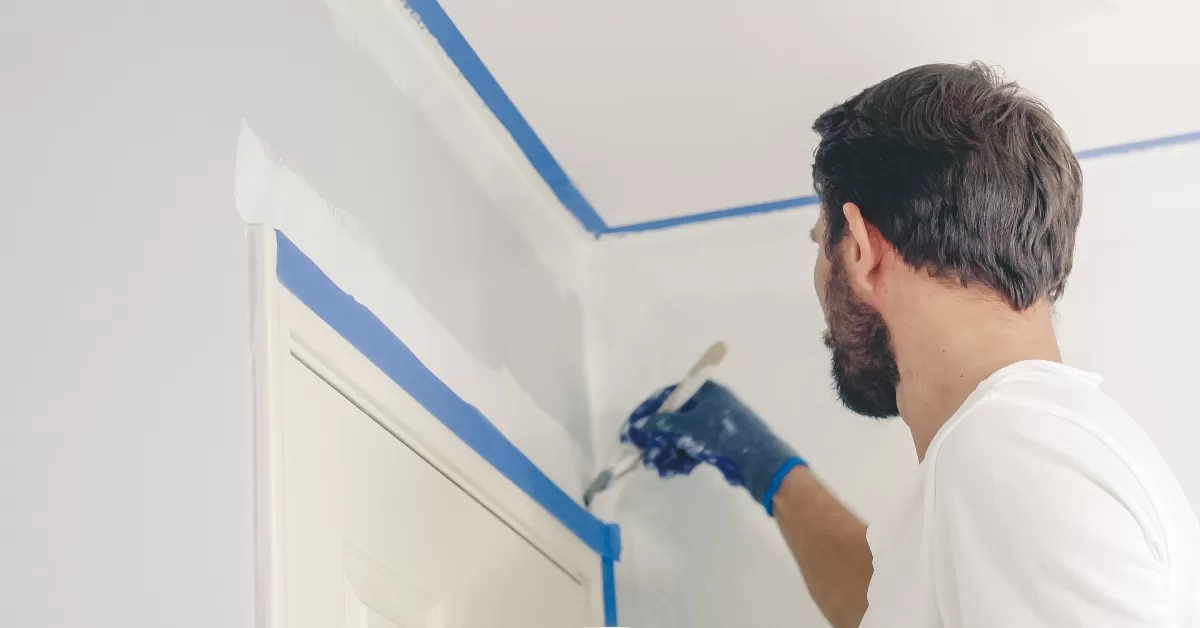Tips for Matching Your Addition to the Rest of Your Home

Are you considering adding more space to your home but worried it might not blend well with your existing structure? You’re not alone. One of the biggest challenges homeowners face during the consulting process is ensuring the new addition blends seamlessly with the rest of the property. This guide will walk you through various tips for matching your addition to the rest of your home, ensuring it feels like a natural extension of your living space.
General Building Considerations
Let’s start by discussing seven primary construction considerations that you must consider in the planning stages to make the result appear seamless.
Proportion
Proportion refers to the scale between a home and the adjoining addition. A room addition will look disjointed and unflattering if it is disproportionate to the rest of your structure. Builders can prevent this issue by designing an addition that seamlessly blends with the surrounding home. Even if your addition is freestanding, it should not appear minuscule or overpowering compared to your house.
Square Footage
Determining the amount of necessary square footage goes hand in hand with balancing proportions. Consider your vision for the supplemental space and your budget to dictate the size of your addition. In some cases, a room extension is enough to meet your needs for additional space and can save homeowners money on building materials and labor.
Layout and Placement
Builders should carefully evaluate the best location for your addition based on your current floorplan and land conditions. Thoughtfully positioning the new space can enhance natural light and improve accessibility, ensuring that the addition feels like a cohesive part of your home rather than an afterthought. Building rooms with similar purposes close together can aid in cohesion and prevent confusion.
Foundation
The foundation is the base of your addition and is crucial in ensuring the project’s structural integrity. It’s essential to ensure that the new foundation matches the existing home’s foundation in height and material. This cohesion prevents potential issues such as settling or cracking.
Plumbing and Wiring
Some of the more complicated aspects of building an adjoining structure to your current home are integrating plumbing, wiring, and air conditioning. All three home systems are vital for ensuring your comfort and your home’s compliance with building codes. The professionals have the knowledge to guarantee safety and quality workmanship; it’s best to leave these projects to them.
Materials
Selecting materials that complement your existing home is essential for a cohesive look. Consider the durability, maintenance, and cost of the materials you choose. Matching interior and exterior elements in color, texture, and finish will make your new space feel like it has always been part of your home.
Architectural Style
Matching your addition to the rest of your home requires careful consideration of its architectural style. Is your home modern, traditional, rustic, or something else? Each style carries its own distinct characteristics, materials, and design elements. Identifying these key traits will help you make design choices that harmonize with your current space.

Exterior Elements
Homeowners can ensure their additions maintain their property’s curb appeal by paying close detail to exterior features. Here are the three main exterior elements that should remain aesthetically cohesive to the rest of your home:
Roofing
The roof of your addition should match the existing roof in both style and material. A cohesive roofline is vital for maintaining your home’s aesthetic harmony, as it helps unify the existing structure and the new addition. Furthermore, matching pitch angles ensures that the addition blends seamlessly, creating visual balance and preventing any jarring contrasts.
Siding and Trim
Siding is likely the first thing people notice when seeing your house for the first time. Build your addition using the same siding and trim materials to prevent it from looking like an eyesore. If you don’t have access to the same stone, brick, or exterior paint, work with your building team to seamlessly blend complementary colors and textures together.
Windows
Matching the style, size, and color of your new windows to those of your existing windows is essential. Doing so ensures a cohesive appearance that enhances your home’s architecture. Additionally, consider the materials and energy efficiency ratings of the new windows to improve insulation and reduce utility costs.
Interior Elements
Matching the interior elements of your addition with those in the original space will create a sense of continuity throughout your home.
Flooring
Continuity in flooring binds the addition to the main house. Use the same type of flooring or a closely-matching alternative. Doing so creates a smooth transition between spaces, enhancing the unification.
Walls
The walls in your new addition should match the existing home’s wall texture and color, whether you’re using drywall, plaster, or paneling. Don’t overlook some key minor details, such as baseboards, crown molding, and outlet covers, which should continue the current features in your home.
Lighting
Lighting is crucial for creating a unified atmosphere. Use similar light fixtures and bulbs to maintain consistency. Doing so enhances your home’s aesthetics and ensures uniform lighting throughout.

Interior Design Tips for Additions
Once builders have finished your home addition, it is time to furnish and decorate the new area to match the rest of your interior. Here are three tips to keep in mind throughout the process:
Reflect on Your Current Interior Design Style
Your existing interior design style offers unique inspiration for styling your addition. Reflecting this inspiration in your new space will make everything come together. Choose pieces with similar or complementary motifs and textures to ensure a seamless look.
Use a Consistent Color Scheme
A consistent color scheme is critical to tying your home’s old and new parts together. Carry the colors used in your existing space into the new addition. Doing so will create a visual link that makes the new space feel like part of the original home.
Integrate Matching Furniture
Matching furniture creates a cohesive look. If you’re adding a new living room, choose furniture that complements the existing living room pieces to make the space feel intentional and well-integrated.
Integrating a new addition with your existing home can be a rewarding experience if you approach the project thoughtfully. Keep these tips in mind as you plan your home addition and enjoy the process of creating a cohesive and beautiful living space. Hire expert room addition builders when designing your dream addition. Contact Distinctive Design Remodeling today.
